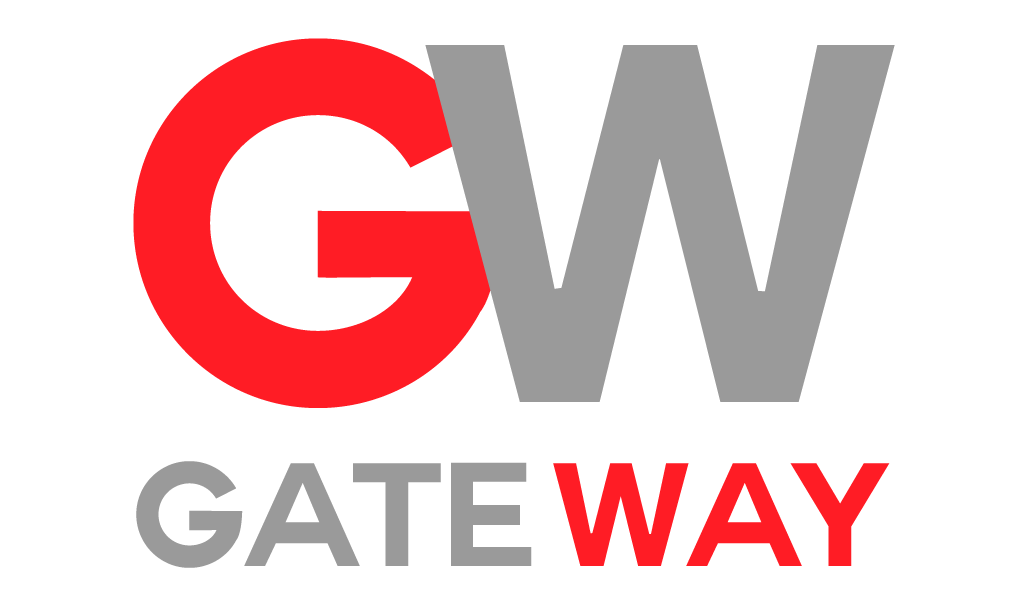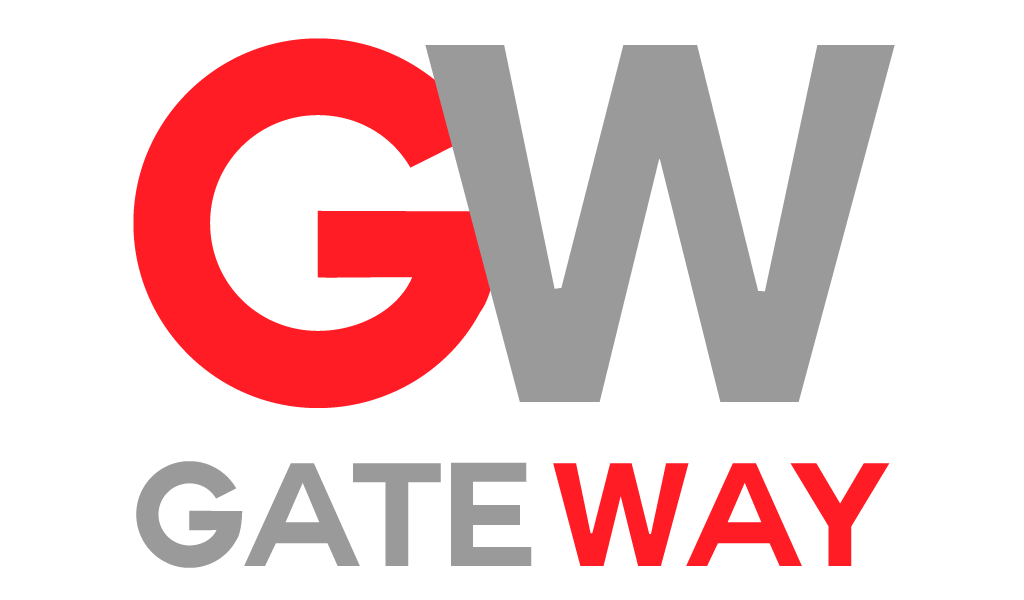
According to a recent McKinsey study, companies with highly agile teams reported 70% better organizational performance during economic downturns than their less adaptable competitors.
Even more striking? These agile organizations were 3.5 times more likely to emerge from periods of economic turbulence in the top quartile of their industry.
The agility imperative
As North American businesses navigate an increasingly volatile landscape—characterized by unpredictable tariff policies, looming recession concerns, and rapidly shifting regulatory requirements—organizational agility has transformed from competitive advantage to survival necessity. The ability to rapidly reconfigure teams, redirect resources, and reimagine approaches determines which companies merely weather these storms and which harness them as catalysts for market leadership.
I witnessed this reality firsthand during a recent client engagement. Two competitors in the same industry faced identical market disruptions when new international tariffs dramatically altered their supply chain economics. The first organization, hamstrung by rigid team structures and specialized roles, spent months analyzing the problem while hemorrhaging margin. The second, built around flexible teams with diverse capabilities, reconfigured their approach within weeks and actually increased market share during the disruption.
What separated these organizations wasn’t strategy—both recognized the challenge and its implications. The difference was execution capability, specifically the agility of their talent structures. The second organization had systematically built teams designed for uncertainty, while the first had optimized for stability that no longer existed.
The three dimensions of team agility
Research into organizational resilience during economic volatility reveals that truly agile teams excel across three distinct dimensions:
Compositional Agility: The Talent Foundation
Compositional agility reflects a team’s inherent adaptability based on member capabilities and relationships. High-performing teams in volatile environments demonstrate:
Capability breadth: Team members possess T-shaped skill profiles—deep expertise in primary domains combined with working knowledge across adjacent areas. This creates natural redundancy and flexibility when priorities shift.
Cognitive diversity: Team composition includes varied problem-solving approaches, information processing styles, and mental models. This diversity enables more comprehensive situation assessment and more creative response generation during ambiguous conditions.
Connection density: Team members maintain strong working relationships across functional boundaries, creating shorthand communication and trust that enables rapid reconfiguration without relationship-building delays.
These compositional elements create the foundation for responsive action during uncertainty—capabilities that become increasingly valuable as economic conditions and policy environments shift unpredictably.
Procedural Agility: The Process Architecture
Procedural agility encompasses the team’s operating mechanisms and work processes. Adaptable teams employ:
Modular work structures: Projects and initiatives are architected as interconnected components rather than monolithic entities, allowing partial pivots without total restart when conditions change.
Dynamic prioritization frameworks: Clear, transparent criteria for evaluating trade-offs enable rapid reprioritization when circumstances evolve, preventing analysis paralysis during uncertainty.
Minimum viable bureaucracy: Governance and approval processes are streamlined to essential controls, eliminating unnecessary friction that impedes responsive action during volatile periods.
These procedural elements enable teams to redirect effort without disorientation—a capability particularly crucial when economic pressures demand rapid adaptation to emerging constraints or opportunities.
Mindset Agility: The Cultural Foundation
Perhaps most importantly, truly adaptable teams cultivate specific cognitive and emotional orientations:
Comfort with ambiguity: Team members develop capacity to function effectively without complete information or clear direction—maintaining productivity amid uncertainty rather than becoming paralyzed by it.
Learning orientation: The team views setbacks as sources of insight rather than failures, enabling rapid experimentation and course correction without defensive routines that delay adaptation.
Initiative ownership: Team members proactively identify emerging issues and opportunities rather than waiting for direction, creating distributed sensing capability that accelerates organizational response.
These mindset elements transform volatility from threat to opportunity—allowing teams to maintain agency during precisely the conditions when competitors become reactive.
Recruitment for adaptability
Conventional hiring often prioritizes specialized expertise and previous experience in nearly identical roles. Agility-focused recruitment takes a fundamentally different approach:
Assessment evolution: Selection processes evaluate learning agility and cognitive flexibility alongside technical qualification, using scenario-based evaluations that present ambiguous problems requiring adaptive response.
Diversity prioritization: Hiring strategies intentionally build cognitive diversity through varied backgrounds, thinking styles, and career paths—recognizing that homogeneous teams, regardless of individual capability, demonstrate reduced adaptability during uncertainty.
Experience reframing: Rather than seeking candidates who have “done exactly this before,” selection criteria value those who have successfully navigated varied challenges and demonstrated versatility across contexts.
These recruitment shifts create the foundational team composition necessary for responsive action during unpredictable conditions—precisely the environment created by current economic and policy uncertainties.
Development for versatility
Traditional development paths often emphasize deepening specialized expertise. Agility-focused development instead prioritizes:
Cross-functional exposure: Rotational assignments, project secondments, and collaborative initiatives systematically build understanding across domains, creating the T-shaped capabilities essential for team reconfiguration.
Sense-making skills: Training programs develop capabilities for operating effectively within ambiguity—pattern recognition, hypothesis testing, and rapid experimentation methodologies that enable productive action despite incomplete information.
Network building: Development activities intentionally cultivate relationship networks across functional and hierarchical boundaries, creating the connection architecture that enables rapid collaboration during disruption.
These development emphases build essential capabilities for navigating uncertain environments—capabilities that distinguish high-performing organizations during periods of economic volatility.
Leadership for adaptability
Perhaps most importantly, creating truly agile teams requires specific leadership approaches:
Direction without prescription: Leaders articulate clear outcome expectations and boundary conditions while allowing teams autonomy in execution approach—creating purposeful alignment without constraining adaptive response.
Psychological safety cultivation: Leadership behaviors actively build environments where risk-taking, constructive dissent, and learning from failure are not just permitted but expected—enabling the rapid experimentation essential during uncertainty.
Decision process transparency: Leaders make their decision criteria and trade-off considerations explicit, allowing teams to internalize these frameworks and act autonomously within them when conditions change rapidly.
These leadership practices create the conditions for team-level agency—particularly crucial during economic turbulence when centralized decision-making becomes a critical bottleneck to responsive action.
Implementation case studies

Technology sector response to policy shifts
When new data protection regulations threatened to disrupt established business models, a mid-sized technology company leveraged their agile team structures to rapidly adapt:
- Cross-functional pods with relevant expertise were rapidly assembled from their capability pools
- Clear outcome expectations with flexible implementation approaches were established
- Rapid experimentation with new compliance approaches was encouraged
- Learning was systematically shared across the organization
The result? While competitors were still analyzing implications, this organization had already implemented compliant processes and was actively marketing their proactive approach as a competitive differentiator.
Manufacturing adaptation to tariff changes
When new tariff structures dramatically altered supply chain economics, a manufacturing organization with agile teams responded decisively:
Teams with diverse functional expertise quickly evaluated multiple alternative approaches
Modular process architecture allowed selective modification rather than complete redesign
Decision frameworks clearly articulated acceptable trade-offs and non-negotiable elements
Initiative ownership at all levels generated multiple adaptive pathways simultaneously
Within 60 days, they had reconfigured their supply network and adjusted pricing strategies while competitors remained paralyzed by analysis—creating substantial market share gains during industry-wide disruption.
Financial services navigation of economic uncertainty
As recession indicators emerged, a financial services organization leveraged their agile team structures to capture opportunity amid uncertainty:
Teams with varied risk perspectives collectively assessed the evolving landscape
Capability breadth allowed rapid redeployment of resources as priorities shifted
Comfort with ambiguity enabled continued execution despite incomplete information
Learning orientation transformed early setbacks into refined approaches
While competitors retreated to defensive postures during market volatility, this organization identified and captured emerging client needs—transforming potential threat into tangible competitive advantage.
Measuring agility outcomes
Organizations serious about building adaptive capability must measure its development. Effective metrics include:
Response velocity: Time from issue identification to implemented adaptation—with high-performing organizations showing 60-80% faster response than industry averages during disruption.
Pivot cost: Resources required to change direction—with agile teams demonstrating 40-50% lower reconfiguration costs compared to conventionally structured alternatives.
Learning efficiency: Performance improvement rate across successive challenges—with adaptable teams showing significantly steeper improvement trajectories particularly during novel situations.
Opportunity capture rate: Percentage of emerging opportunities successfully converted—with high-agility organizations demonstrating 2-3x greater capture rates during volatile periods.
These metrics provide concrete evidence that agile team development delivers tangible business value—particularly during the uncertain conditions currently facing North American organizations.
Three key takeaways for implementation
As you work to build more adaptable teams within your organization, focus on these essential principles:
Agility requires intentional design. Truly adaptive teams don’t emerge accidentally—they result from deliberate talent strategy, development investment, and leadership practice. Organizations that approach agility systematically consistently outperform those hoping it will naturally develop.
Comfort with discomfort is essential. The core capability distinguishing high-performing teams during uncertainty is their ability to function effectively amid ambiguity. Building this capacity requires systematically exposing teams to ambiguous situations with appropriate support—developing the “uncertainty muscle” proactively.
The time to build agility is before you need it. Organizations that wait until disruption occurs to develop adaptive capability find themselves attempting to build infrastructure during the storm. Proactive investment in agility serves as both insurance policy and opportunity engine during uncertain times.
The Adaptability Advantage
As North American businesses navigate an increasingly unpredictable landscape shaped by economic volatility, policy shifts, and geopolitical complexity, the capacity for rapid adaptation has emerged as the defining competitive advantage. Organizations that systematically build agile teams position themselves not merely to survive these challenges but to harness them as catalysts for market leadership.
Our agency has helped dozens of organizations transform their talent practices to support greater adaptability, and the results consistently demonstrate that this capability delivers concrete business impact. From faster response to emerging opportunities to greater resilience during disruption, the evidence is clear: agile teams create substantial competitive advantage precisely when that advantage matters most.
How is your organization building adaptability into its talent strategy? What practices have you found most effective in developing teams that thrive amid uncertainty? Share your experiences in the comments—we’re all navigating these challenging waters together, and collective wisdom enhances outcomes for everyone.
Gareth Callaway is President of Gateway, with over 25 years of experience in talent acquisition and recruiting. He specializes in using behavioral science to build high-performing teams across industries.
Gareth Callaway
PRESIDENT


